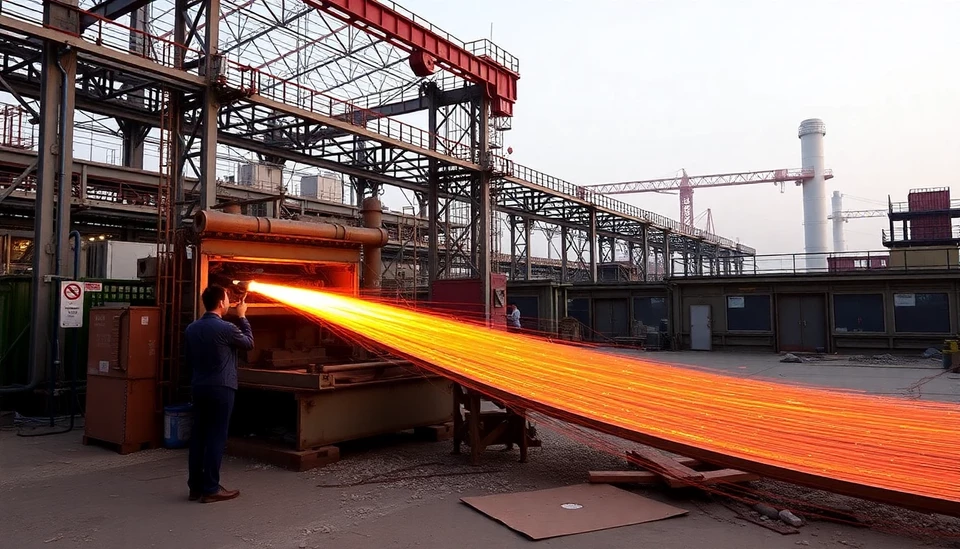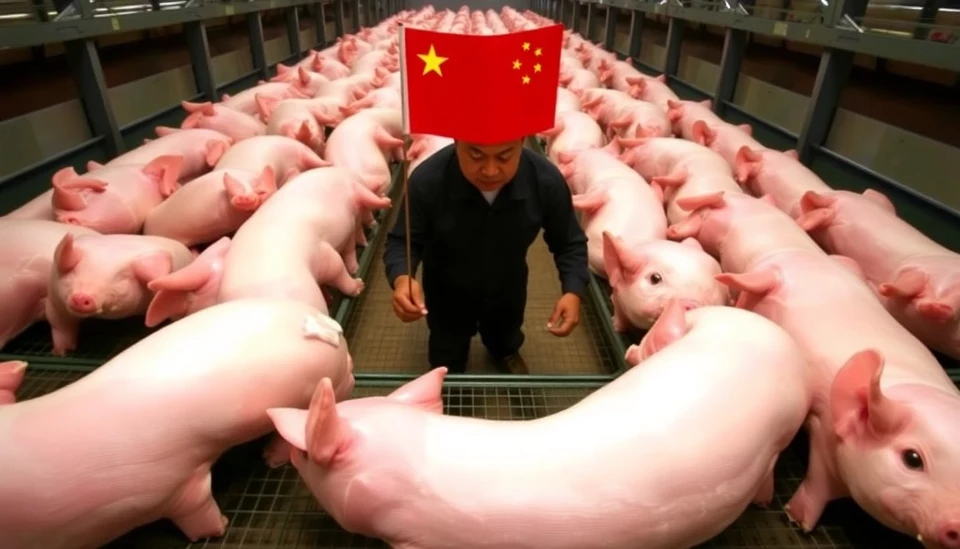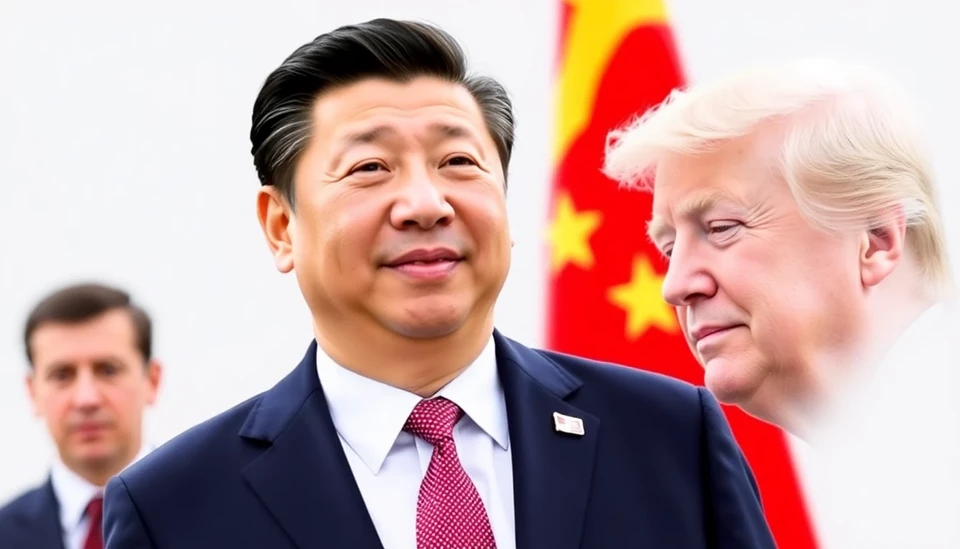
In recent months, China’s copper production has shown remarkable resilience and growth, even as the nation grapples with various economic strains and challenges. This surge in output has significant implications for both domestic and global markets, particularly in light of the increasing demand for copper driven by the ongoing energy transition and technological advancements.
According to data released by the National Bureau of Statistics (NBS), China's copper output reached an impressive level in February 2025, marking a year-on-year increase of nearly 10%. This uptrend represents a continuation of the robust production levels seen over the past year, where copper production was already estimated to reach unprecedented heights, largely driven by the thriving electric vehicle and renewable energy sectors.
Analysts suggest that despite recent economic pressure points, such as fluctuating energy costs and supply chain disruptions, Chinese copper smelters are managing to maintain high productivity levels. The state of the mining industry has been buoyed by strong demand for refined copper, particularly in light of the government’s emphasis on achieving sustainability goals and promoting electric infrastructure projects.
However, this impressive output is not without its challenges. Industry insiders are warning that the rapid expansion of production may lead to increased environmental scrutiny. As China continues to ramp up its copper production, regulatory bodies may impose stricter environmental standards to mitigate pollution and other ecological impacts associated with mining and smelting activities.
The global landscape for copper remains competitive, with countries like Chile and Peru also ramping up their output levels. Still, China’s position as the leading global copper consumer means that its production capabilities significantly influence international copper prices. As the market adapts to changing dynamics, industry stakeholders are keenly monitoring how China’s copper production will affect pricing trends around the world.
Additionally, the combination of high output and economic growth, albeit strained, indicates a complex relationship between production rates and market demand. While copper has traditionally been used in construction and electrical applications, its role in the evolution of green technologies places additional pressure on supply chains and production methods in the face of rising global consumption.
As we look to the future, the sustainability of China’s copper production will depend on various factors, including government policy decisions, technological advancements in recycling, and the ongoing international demand for the metal. The situation is dynamic and evolving, which calls for close observation of both domestic and global market trends in the copper industry.
In summary, while China's copper production continues to surge impressively, the interplay of economic pressures, environmental regulations, and global demand will play crucial roles in shaping the future of the industry. Stakeholders across the sector are advised to stay informed as they navigate these complex market conditions.
#China #CopperProduction #EconomicTrends #SustainableMining #GlobalMarkets
Author: Samuel Brooks




